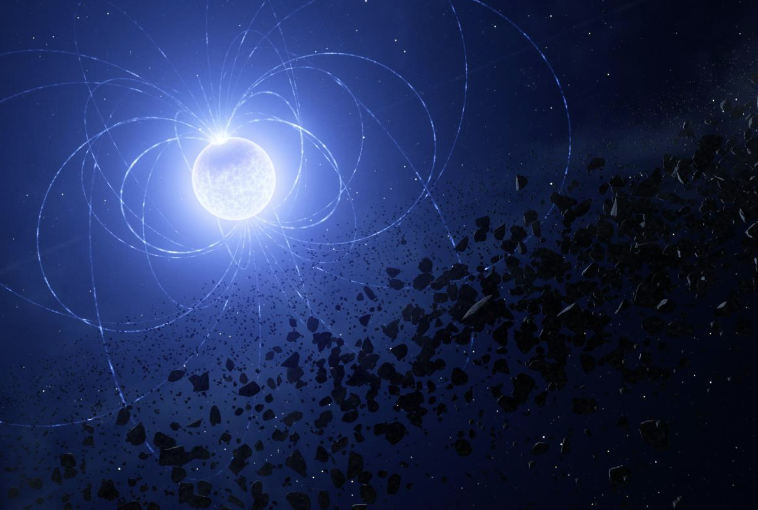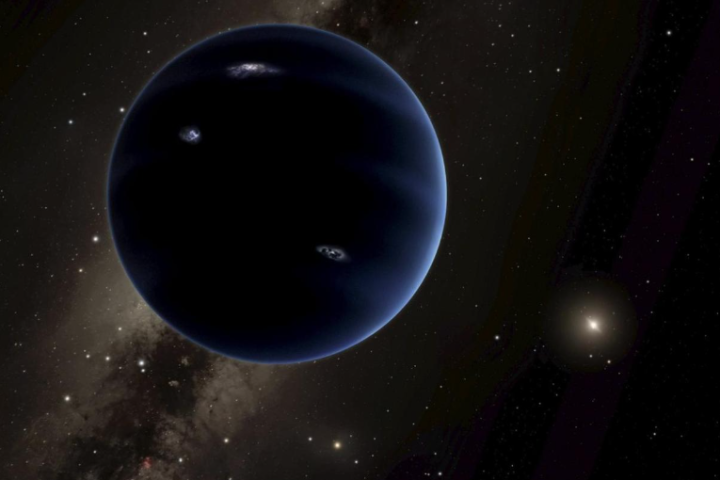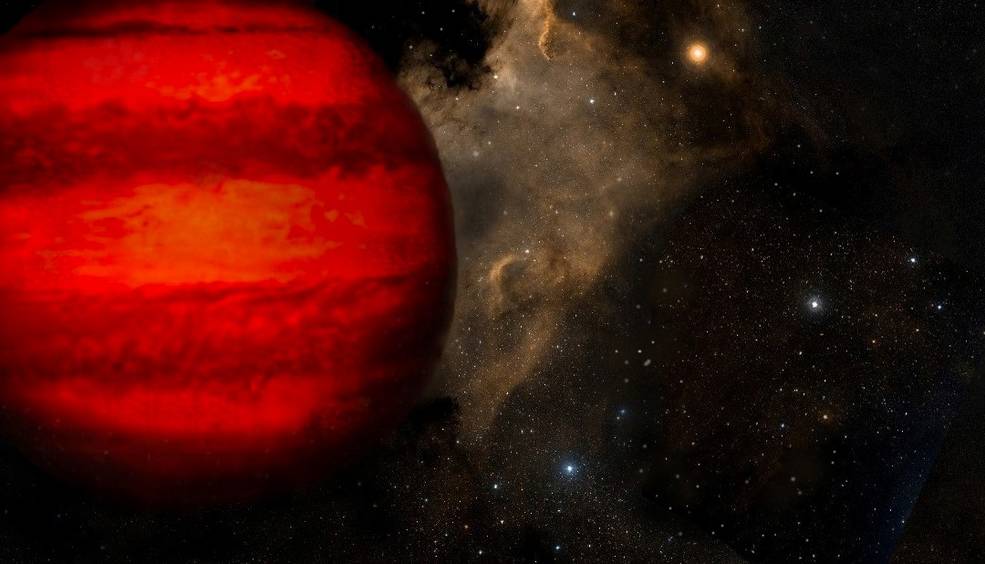When stars like our Sun reach the end of their lives, they can turn into a white dwarf and consume the planets and asteroids around them. Now scientists have discovered for the first time that this process can leave a permanent and unique “scar” on the star itself.
It is as if the Sun reached the end of its lifetime and swallowed our Solar System, leaving a trail of planets (including our own) that surround us today.
“It was already known that some white dwarfs (the slowly cooling embers of stars like our Sun) cannibalize parts of their planetary systems,” said lead author Stefano Bagnulo, an astronomer at Armagh Observatory and Planetarium in Northern Ireland, UK. “We have now discovered that the star’s magnetic field plays a key role in this process, leading to a scar on the surface of the white dwarf.
The star is made up of a concentration of metals traced on its surface. The star is known as WD 0816-310 and was once similar to but larger than our Sun, but is now roughly the size of Earth.
These metals were once the initial stage in the formation of planets. They never reached the size of our Earth, the researchers said.
“We have proven that these metals originated from a planetary fragment about 500 kilometers wide and as large as or possibly larger than Vesta, the second largest asteroid in the Solar System,” said study co-author Jay Farihi, a professor at University College London in London, UK.
The metals appear to be located in a specific region of the star, rather than scattered across its surface. It also turns out that this patch is located at one of the planet’s magnetic poles. This suggests that the magnetic field pulled the material onto the star and left this trace behind.
“Surprisingly, this material is not evenly distributed across the surface of the star, as theory predicted,” said study co-author John Landstreet, a professor at Western University in Canada, which is linked to Armagh Observatory and Planetarium. Instead, this scar is part of a dense pile of planetary material held together by the same magnetic field that drives the falling fragments.”





